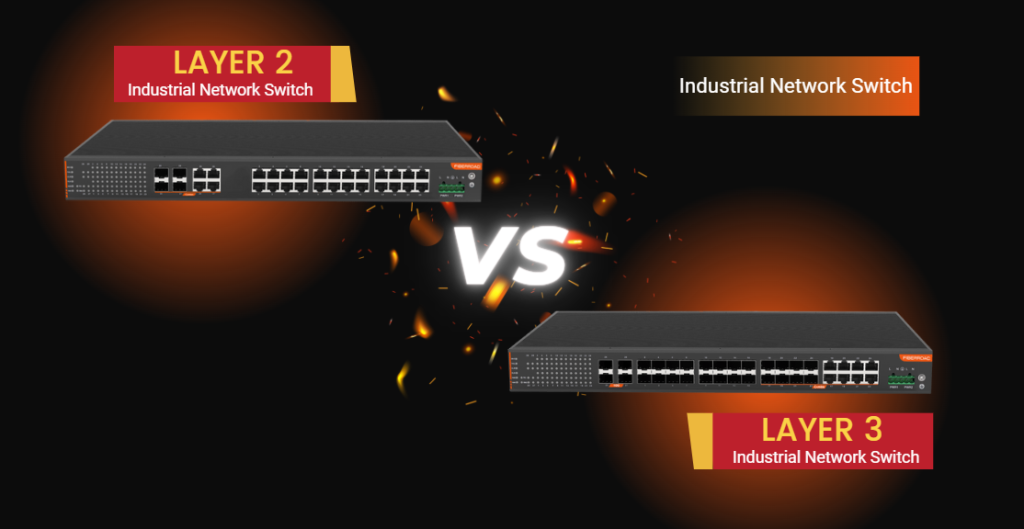Introduction to Power over Ethernet
Power over Ethernet (PoE) is a technology for wired Ethernet connections that allows for the delivery of power along with data. PoE-enabled devices can receive power through their Ethernet connection without the need for an additional power cable. This can be useful in situations where power outlets are not easily accessible or when equipment needs to be located in a difficult-to-reach place.
PoE comes in two flavors: Layer 2 and Layer 3. Layer 2 PoE switches are designed for use in home and small office networks. They typically support a limited number of PoE-powered devices and offer basic features such as port forwarding and VLAN support. Layer 3 PoE switches are designed for use in larger enterprise networks. They offer advanced features such as quality of service (QoS), IPv6 support, and multicast routing.
When choosing a PoE switch, it is important to consider the specific needs of your network. If you are unsure which type of switch is right for you, please contact us and we will be happy to help you select the best option for your application.
Layer 2 PoE switches
Layer 2 PoE switches are designed to work with Power over Ethernet devices, and can provide power to devices through the Ethernet cables. These switches can be used in a variety of settings, including office buildings, warehouses, and industrial facilities. Layer 2 PoE switches are typically more expensive than other types of switches, but offer a number of benefits that make them worth the investment.
Layer 3 PoE switches
Layer 3 PoE switches are designed to offer Power over Ethernet (PoE) capabilities in an industrial environment. These switches provide both data and power connectivity to devices such as IP cameras, VoIP phones, and wireless access points. Layer 3 PoE switches offer a number of advantages over traditional layer 2 switches, including the ability to route traffic based on IP addresses and support for Quality of Service (QoS).
Which type of PoE switch is right for you?
As business reliant on technology continue to grow, the demand for Power over Ethernet (PoE) solutions increases. However, with the different types of PoE switches on the market, it can be difficult to determine which one is right for your business needs. To help you make a decision, we’ve put together a guide explaining the difference between Layer 2 and Layer 3 industrial PoE switches.
Layer 2 PoE switches are typically used in small networks where data traffic is not as intense. These switches are perfect for businesses that require basic networking capabilities and do not need advanced features such as Quality of Service (QoS). On the other hand, Layer 3 PoE switches are designed for larger networks and can handle increased amounts of data traffic. In addition to QoS, these switches also offer features such as virtual LANs (VLANs) and network security.
If you’re still not sure which type of PoE switch is right for your business, our team of experts can help. Contact us today and we’ll find the perfect solution for your needs.
Conclusion
We hope this article has been helpful in understanding the differences between Layer 2 and Layer 3 industrial PoE switches. While both can be used to power high-power devices such as IP cameras or access points, they serve different functions. Layer 3 is best for complex networks while Layer 2 is great for simple applications that do not require a lot of switching capabilities. Ultimately, it is up to you to determine which type of switch would be most suitable for your needs.





More Stories
Capture Your Moments with Photography Shark Studios’ Professional Expertise!
Enhancing Well-being: The Therapeutic Benefits of Native smokes canada
Crack with Class: Elegant Egg Cracking Systems